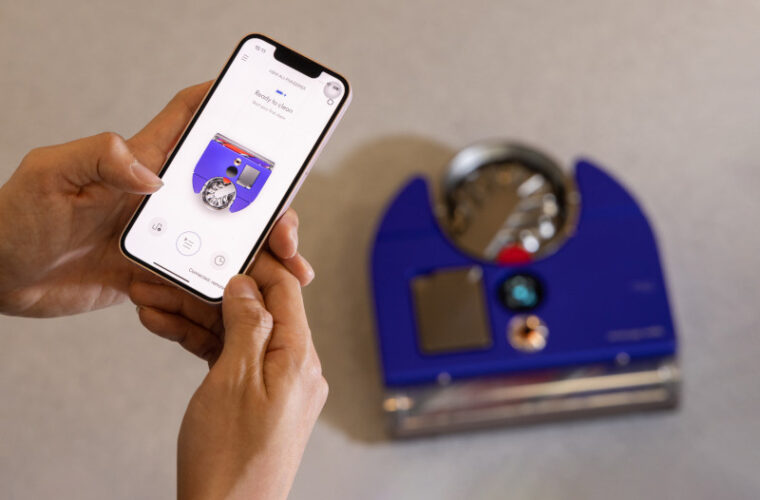An intelligent operation. This is the summary behind the arrival of the Oppo Reno 12 Series, two mid-range smartphones that stand out from the competition for one reason: they bring artificial intelligence to everyone. What was previously the preserve of the wealthy is now within reach of everyone with the latest Reno. The reason is simple: the price of the phone. Starting at €599, a cost that up to 100 euros can be reduced with available promotions. A smartphone equipped with the main GenAI features, signed Gemini by Google and previously only seen at the top of the Android range, is a major coup. Just what Oppo needed to kick-start its plans in Europe after a patent dispute with Nokia halted its operations in key continental markets for more than a year.
AI is the priority for new smartphones
Now, the Dongguan-based company is changing pace and returning to the spotlight while we wait for news on the Find series, the latest developments I saw during the company’s press trip to China last November. While we wait for the top of the range, let’s focus on the Reno 12 Pro and Reno 12, presented at the Ibiza Conference Centre, an opportunity to discover how the two models share many elements between design, camera and performance.
The rapid spread of AI has led to a shift in the factors used to evaluate a smartphone. Hardware remains an important aspect, but the game is being played on the software side on how GenAI is able to simplify tasks and improve creative photos and videos. This is what buyers are most interested in, over and above screen size, processors and battery life, as these elements have now generally reached a very satisfactory level for the average user.
An important point to highlight is the GenAI functions, which are free for now, although Oppo has not specified when. This concept goes beyond the individual manufacturer, affecting the entire sector. Given the high cost of the cloud, it is likely that companies will find a way to lighten their financial burden and offload support for these systems to others, not least because generative artificial intelligence is the only technology with the potential to revive a market in crisis that will end 2023 in contraction.
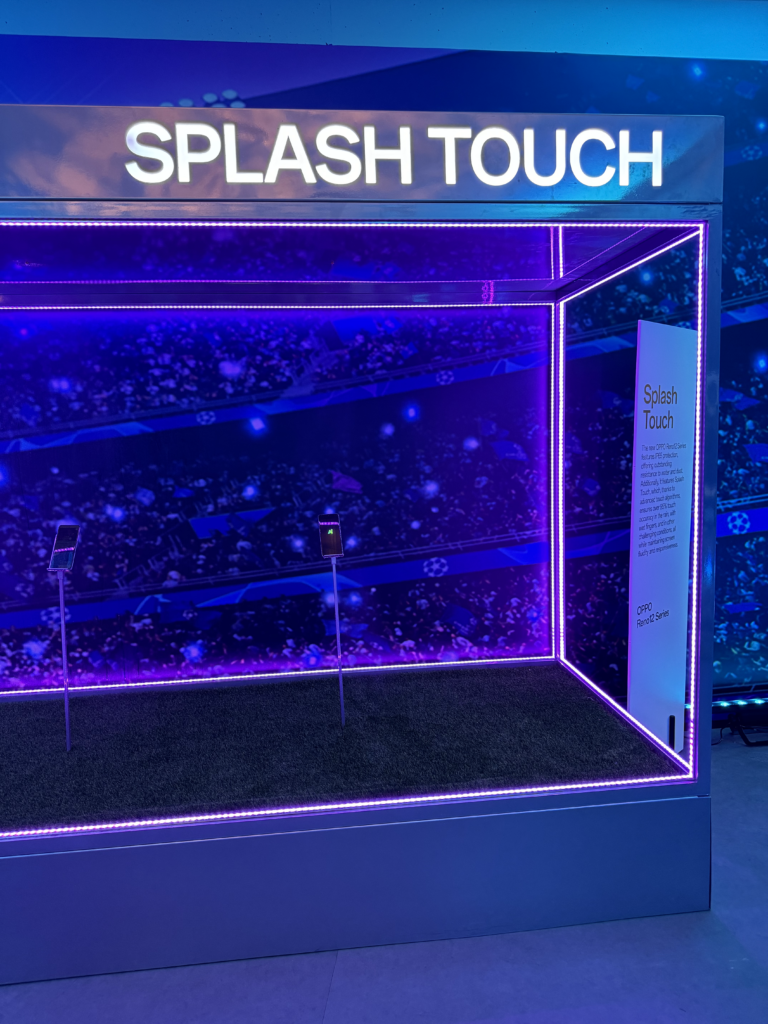

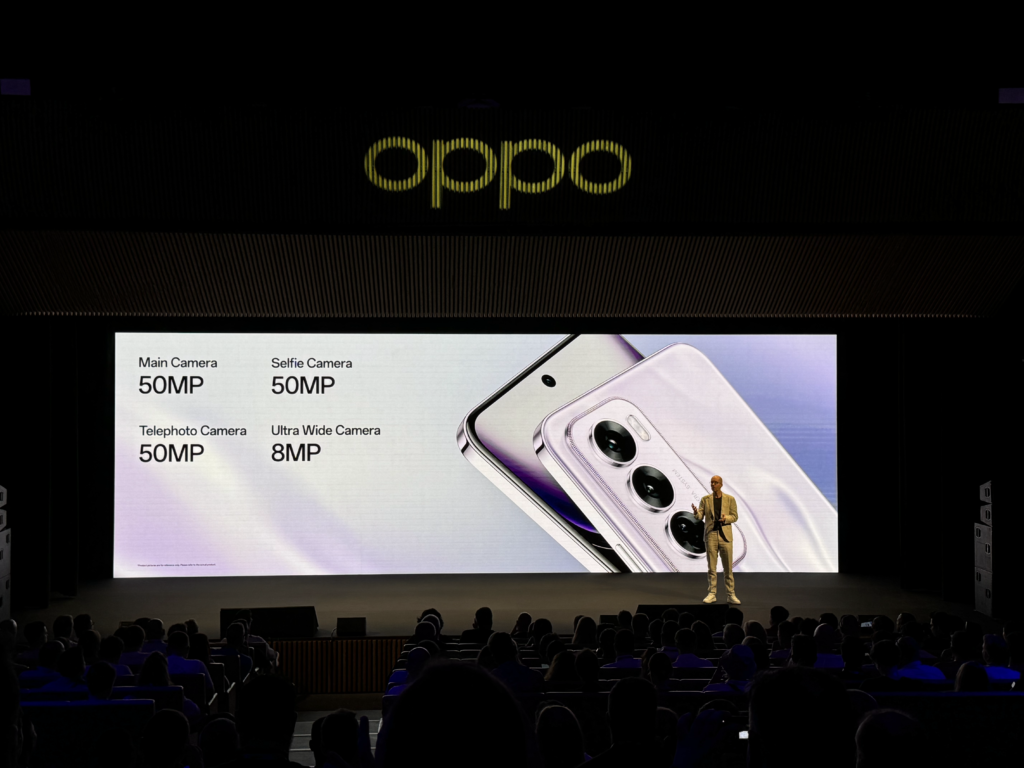

In the absence of details Oppo did not provide, it is likely that it was Google, interested in promoting the spread of Gemini, Big G’s most advanced GenAI solution, on the maximum number of smartphones, that underwrote the costs. An opportunity that became a necessity after the agreement between Apple and OpenAI to bring ChatGpt to the Cupertino company’s future iPhones and other devices.
On the practical side, there are no major innovations to report, as the functionalities are those already seen on the various Samsung Galaxy S24 and Google Pixel 8 Pro, with a few tweaks by Oppo. One example is AI Studio, an application that transforms our photos into drawings and illustrations reminiscent of cowboys, astronauts and cyberpunk atmospheres. At the heart of the solution is AndresGpt, Oppo’s large language model, trained in Europe on data and images that are stored for processing and then deleted.
Other options include AI Eraser, useful for removing unwanted objects and people that spoil a photo, while AI Toolbox proves a valuable assistant for transcribing and summarising articles, lectures and meetings, as well as recommending texts for social media and creating stories for us to share. Returning to images, AI Best Face and AI Clear Face are two similar functions for optimising shots. The former automatically identifies subjects with their eyes closed to show them with a responsive gaze, and the latter allows you to intervene on facial contours, eyebrows and hair, although both only work in group photos that capture at least three people.
A concentration of utility
Two interesting new features are BeaconLink and Splash Touch. In the first case, we have a useful technology in a disconnected environment, such as underground, on mountain peaks or on a ship at sea, because the proprietary system uses Bluetooth to connect them to Oppo devices, with the possibility of making calls within a distance of 200 metres. The second is a practical technology that allows the phone to be used even with wet hands, making it ideal for quick actions in the rain or after a shower.
The Reno 12 Pro’s 6.7-inch screen has a refresh rate of 120 Hz, is protected by Victus 2 Gorilla Glass (usually used on higher-end models) and is easy to read even in sunlight. There is a fingerprint reader; it weighs 180 grams, has a thickness of 7.4 millimetres and has IP65 certification to resist dust and water, thanks also to the seals placed around the speakers, the SIM slot and the USB-C port. The 5000 mAh battery can be quickly recharged at 80 watts using the charger included in the box, which provides a charge of almost 50% in 18 minutes and takes 46 minutes for a full charge.




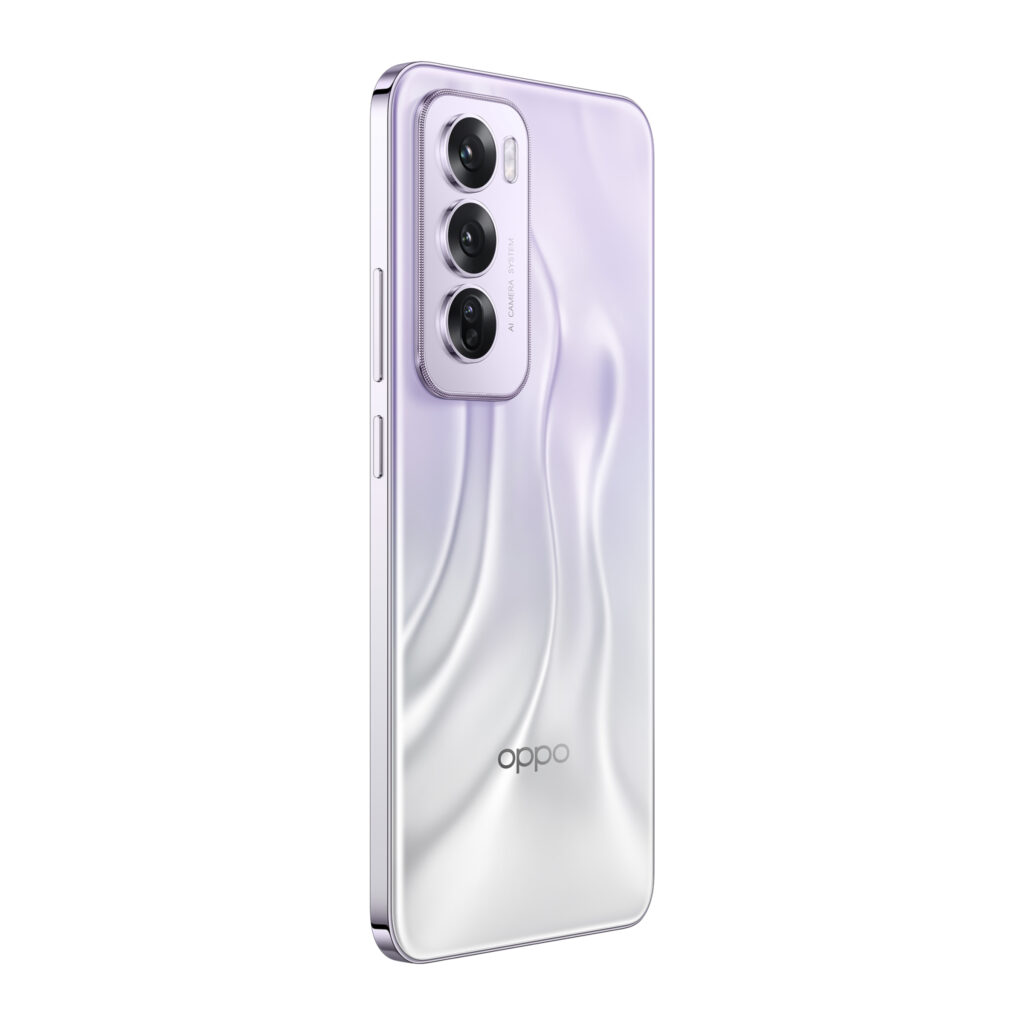
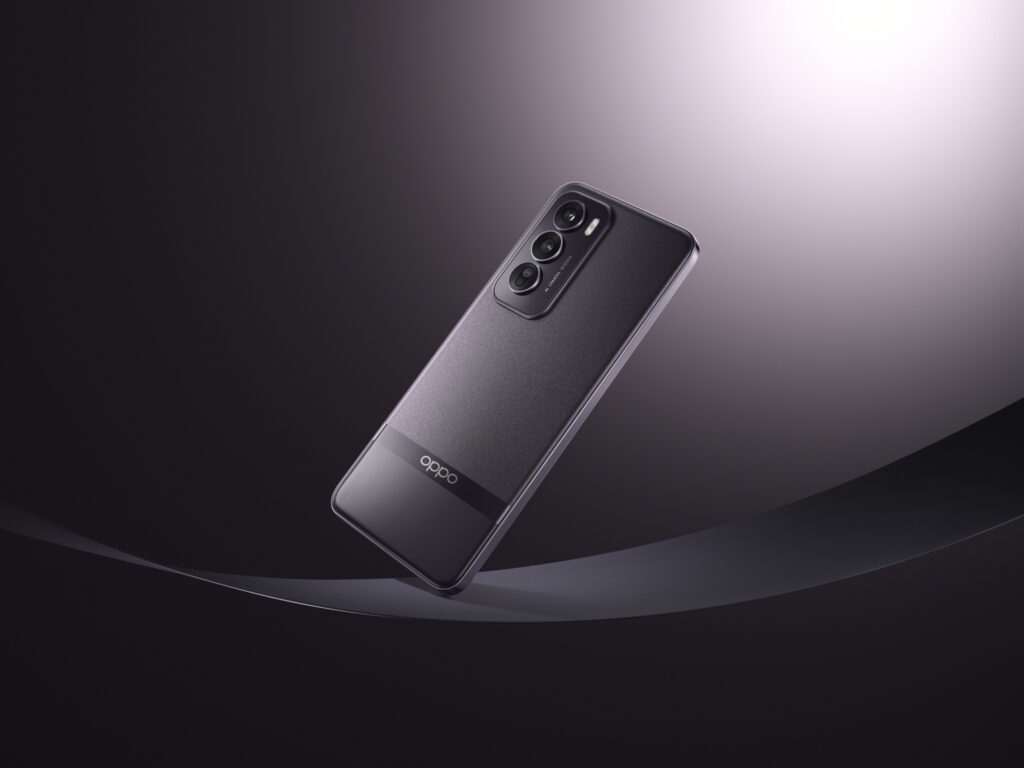



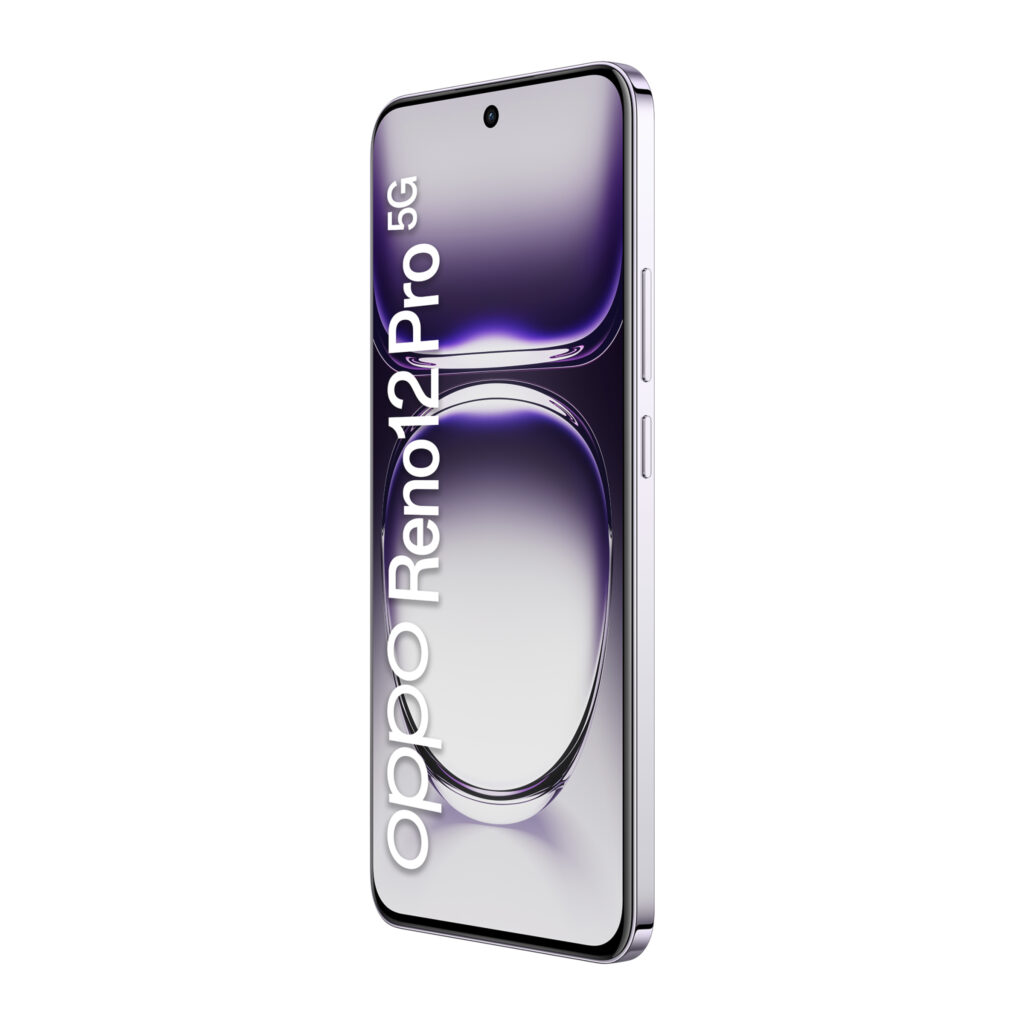

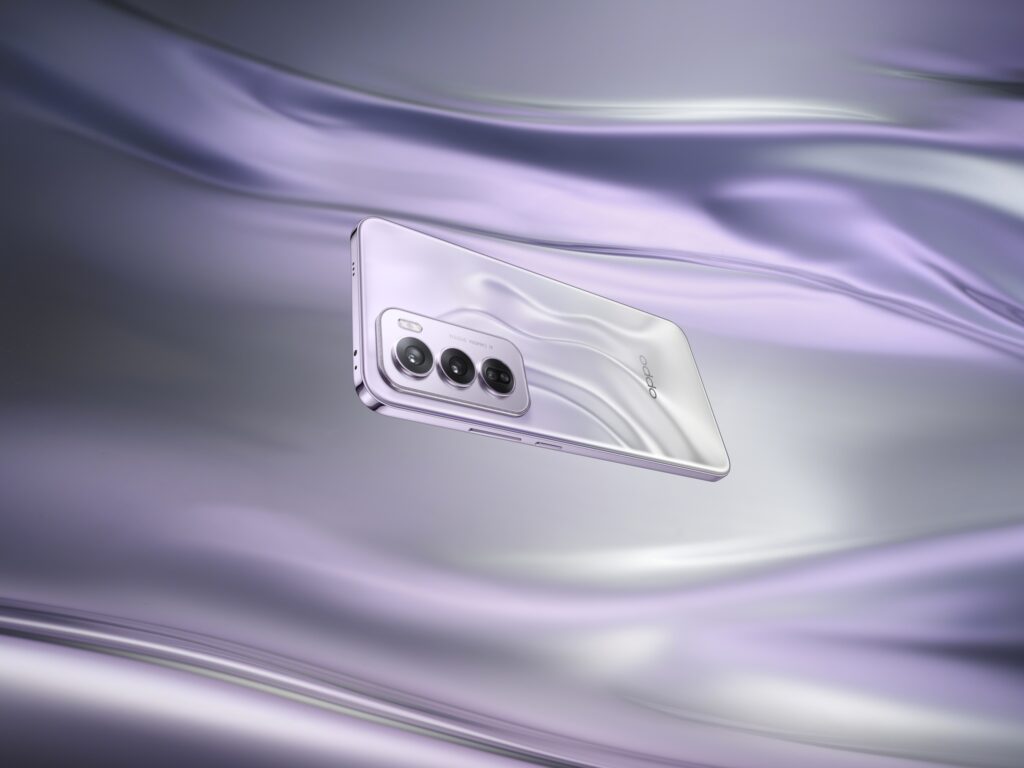
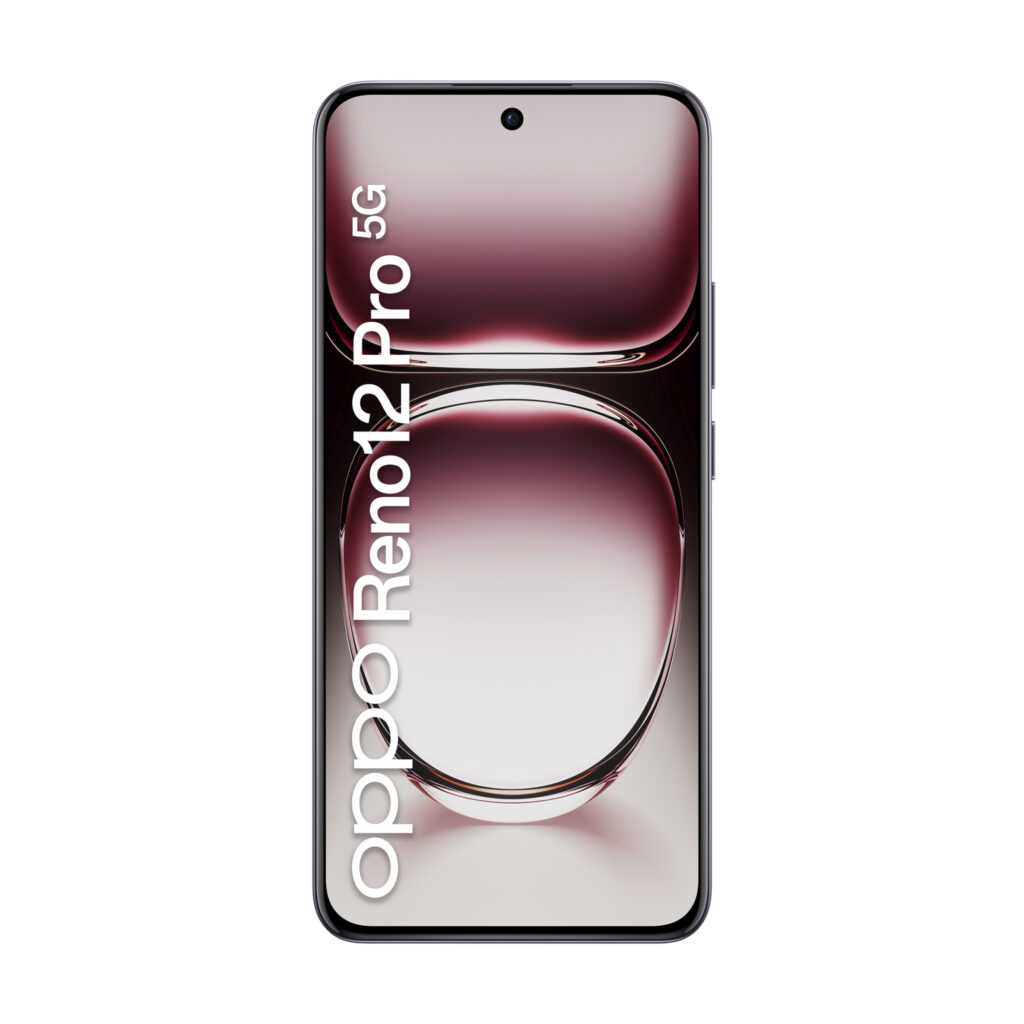
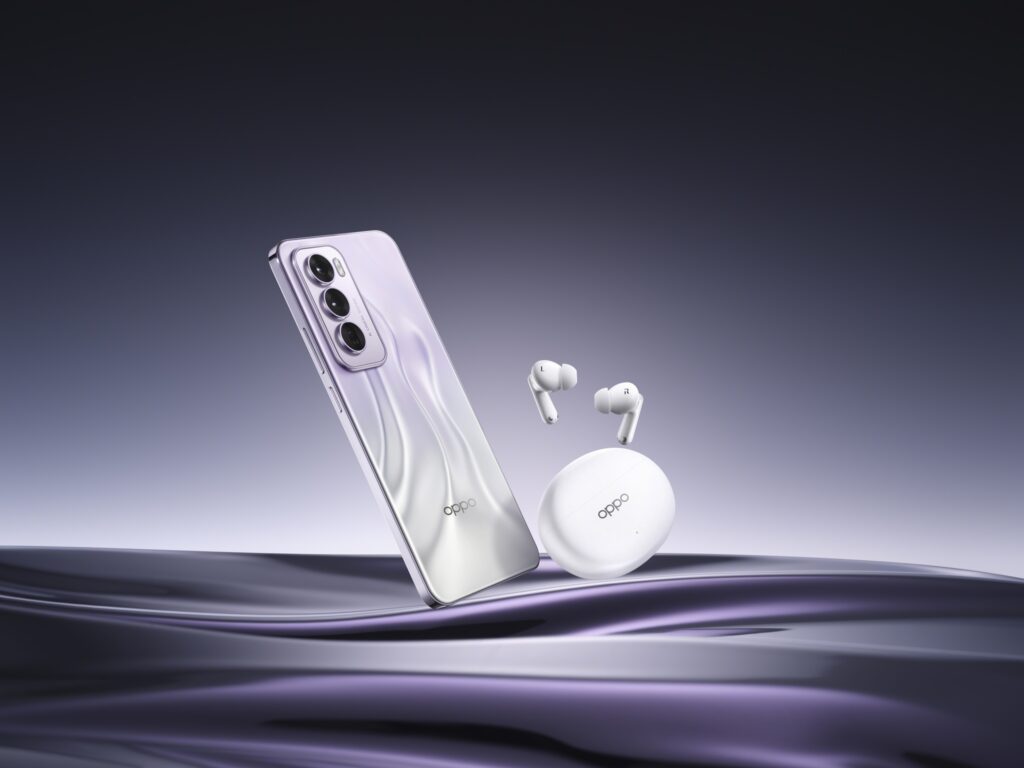
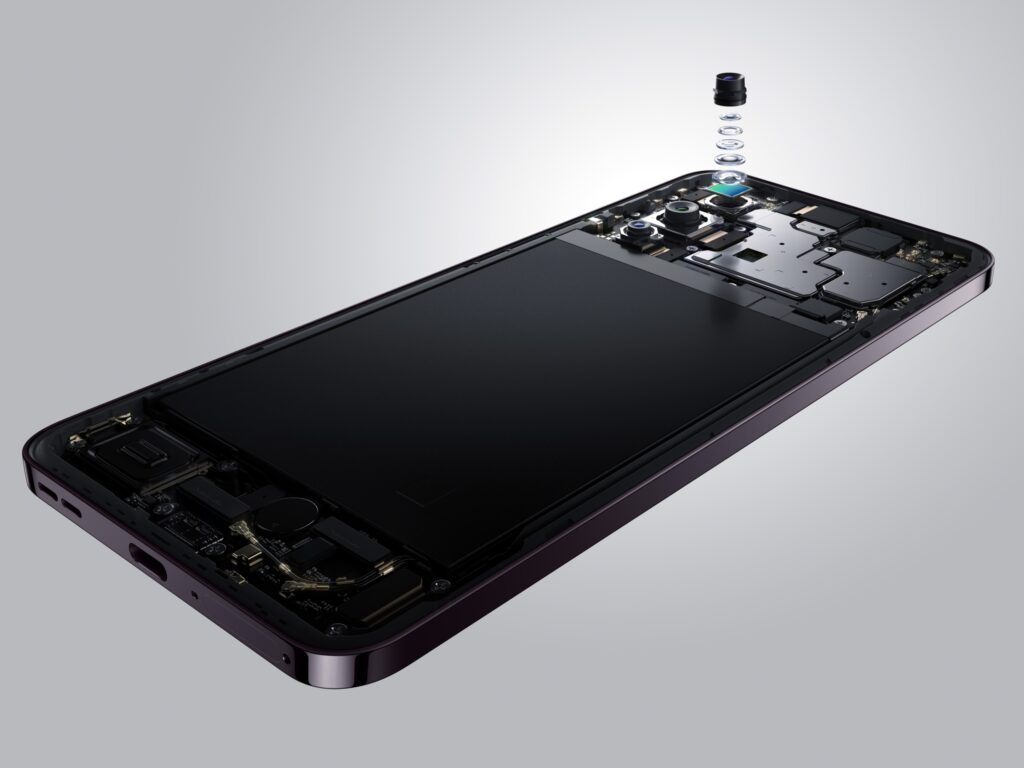

How does the Oppo Reno 12 Pro shoot? Feedback was positive, especially for the main camera, which uses a Sony LYT-600 sensor and optical image stabilisation. The 50-megapixel 2x telephoto camera is very good for portraits, although it is certainly not the best ultra-wide-angle camera tested on a mid-range smartphone.
On the other hand, it is normal for Oppo to make some renunciations; otherwise, it would not have been able to keep the price in the mid-range range. The presence of the Mediatek Dimensity 7300 processor should, therefore, come as no surprise, as should the lack of support for eSim, wireless charging and RAW shooting mode. Those who do not want to compromise must look at other smartphones and spend other sums.
Oppo’s update strategy is three years for the OS and four years for security patches. Not the best, but the argument is the same as above. The Reno 12 Pro has 12GB of RAM and 512GB of storage, expandable to 1TB via microSD. Available in Nebula Silver and Nebula Black, the smartphone is on sale for €599.99, with a trade-in option that allows you to buy it for 100 euros less.
With less hard protective glass, a macro lens instead of a telephoto lens, and other minor sacrifices, the Reno 12 costs €499.99, and with the trade-in program, it is available for €429.99. These prices, in relation to what they offer, mean that Oppo has done a good job of offering an effective alternative for those looking for substance.

